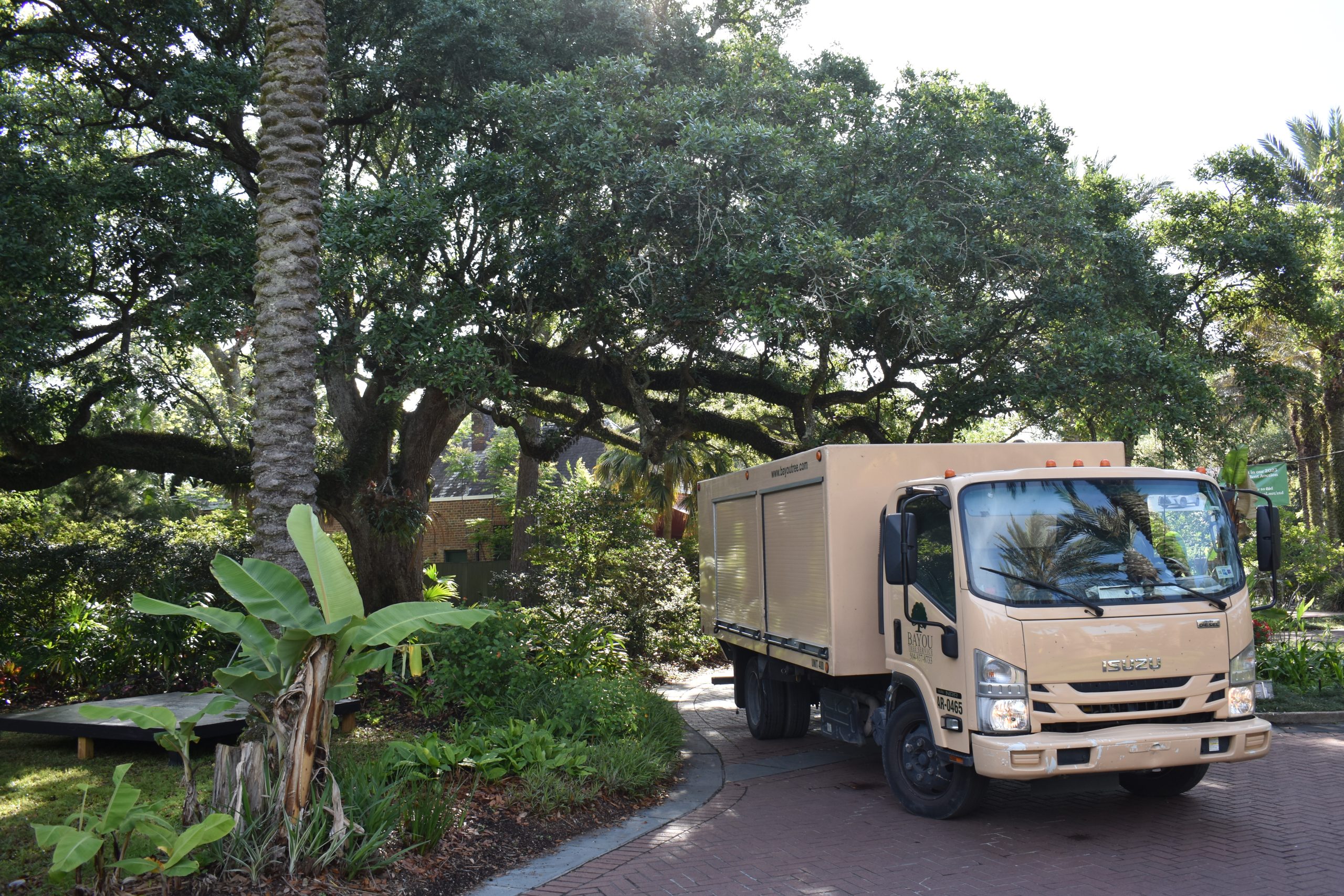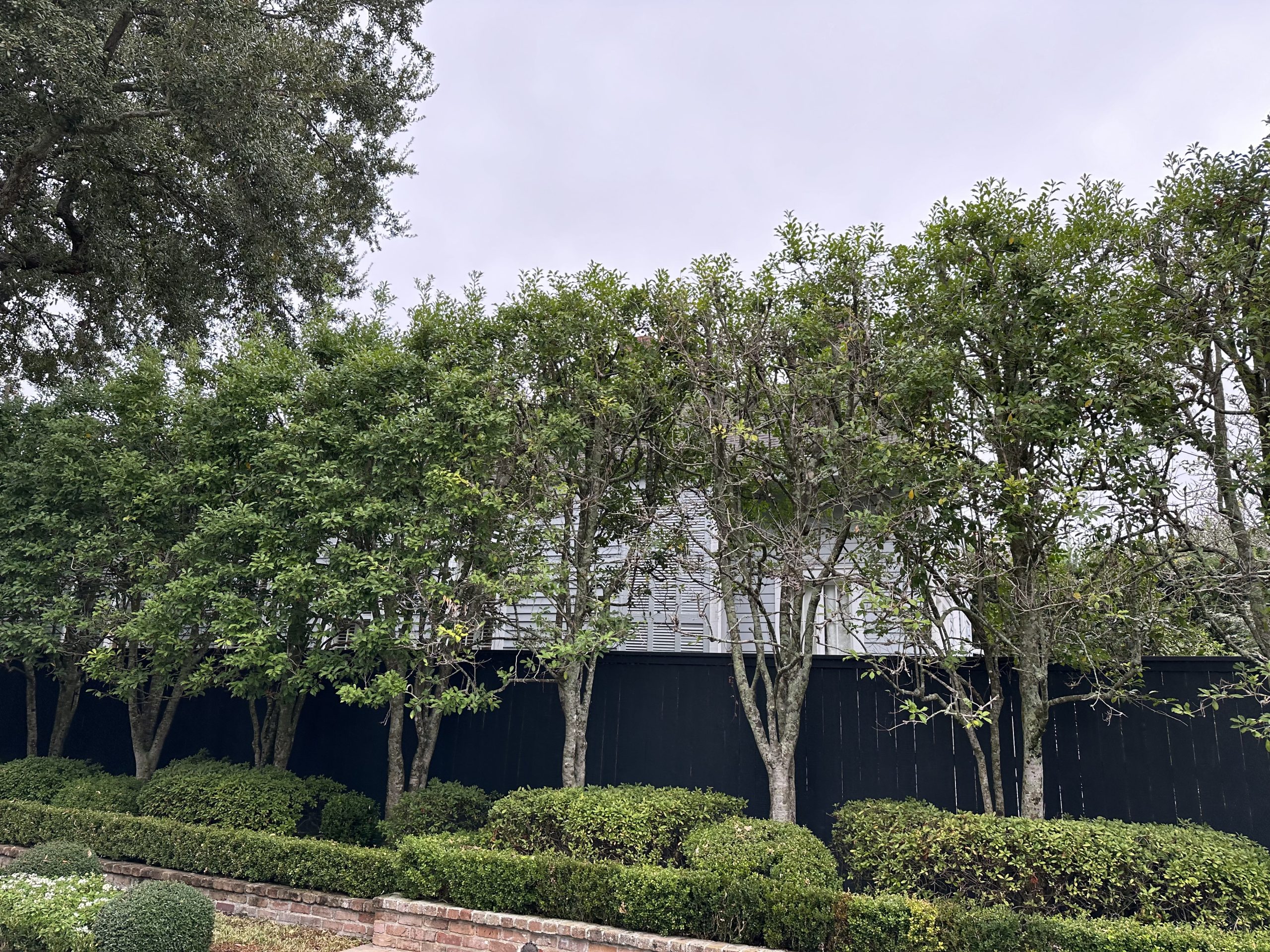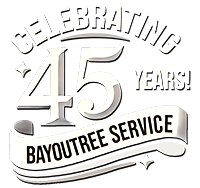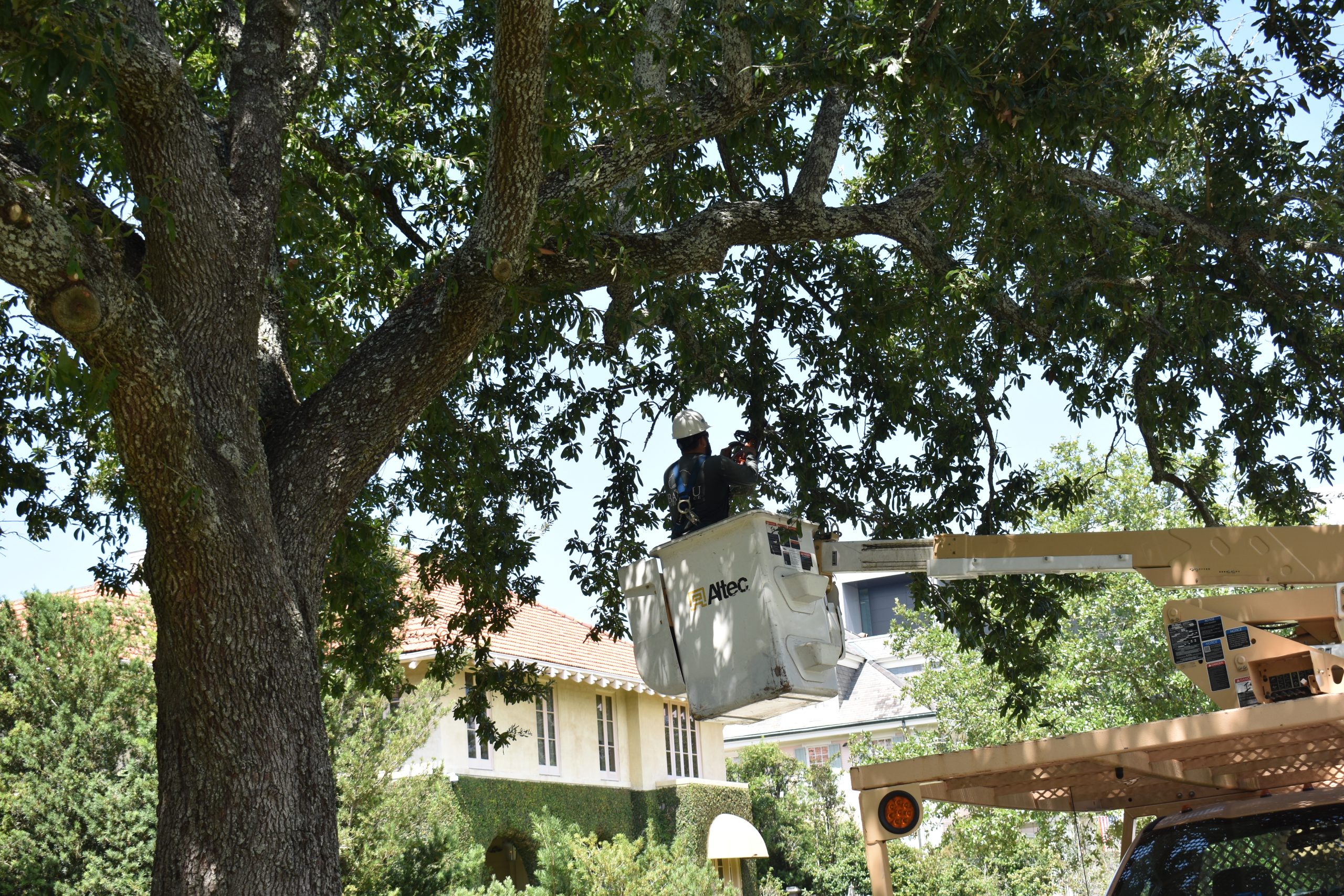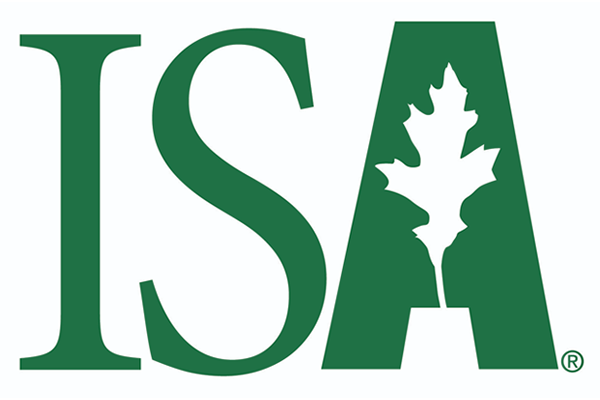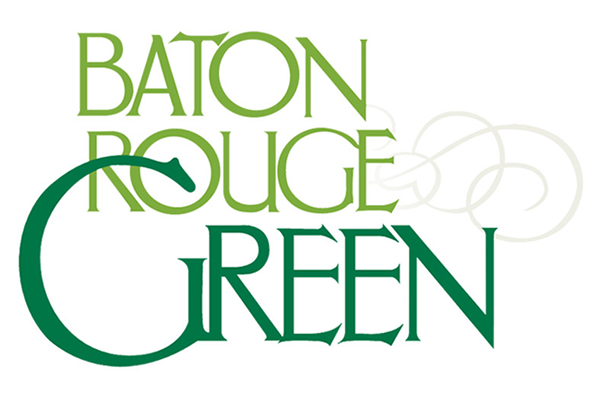How does Crown Restoration Work?
The process of crown restoration entails selectively removing dead cracked, or hanging limbs from the canopy. Elongated limbs exposed to the wind may need to be reduced in order to mitigate the risk of future failure. A tree that is extremely out of balance, such as a tree with significant lean, may need to be rebalanced by a crown reduction on the heavy side. Once we have completed the removal of unnecessary limbs, the tree should be allowed to re-sprout for at least two years, depending on species. After re-sprouting, it will be necessary to selectively remove limbs that will interfere with re-establishing a natural canopy. This is where a skilled arborist with practical knowledge of the tree’s form and branch pattern is important. Time of year is generally not that relevant in regard to the trees recovery.
Trees that are considered unstable or at the end of their natural life should be removed, rather than undergoing a crown restoration. A qualified, professional arborist can help you to make an informed decision when it comes to restoring or removing your tree.
Crown restoration is equal parts art and science, requiring a steady hand, an understanding of tree biology, and an appreciation for your tree’s contribution to the beauty of your property. Our arborists are standing by to restore your trees to their former glory.
